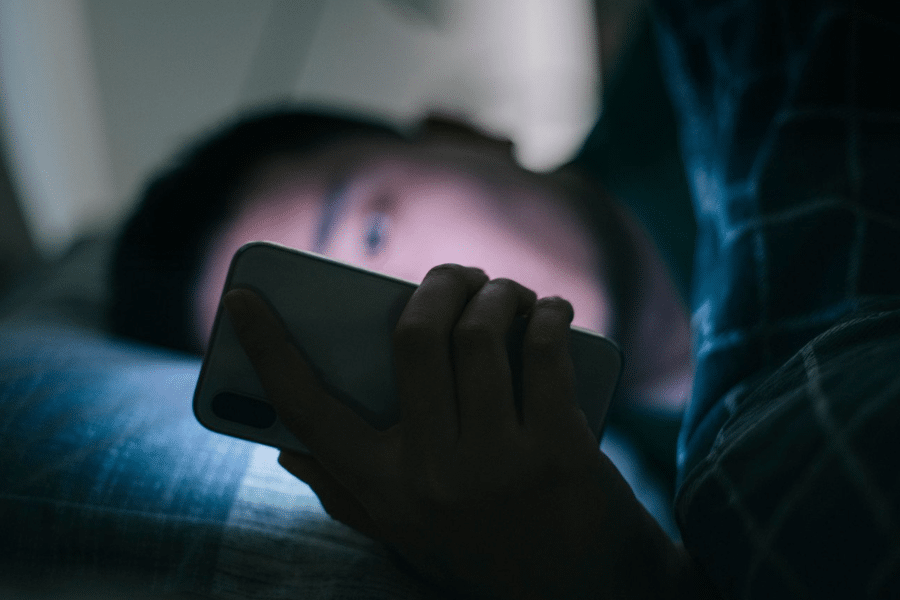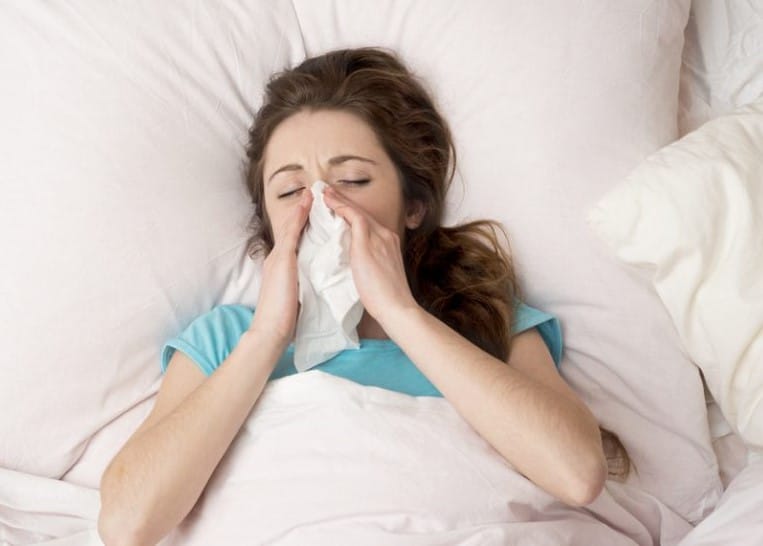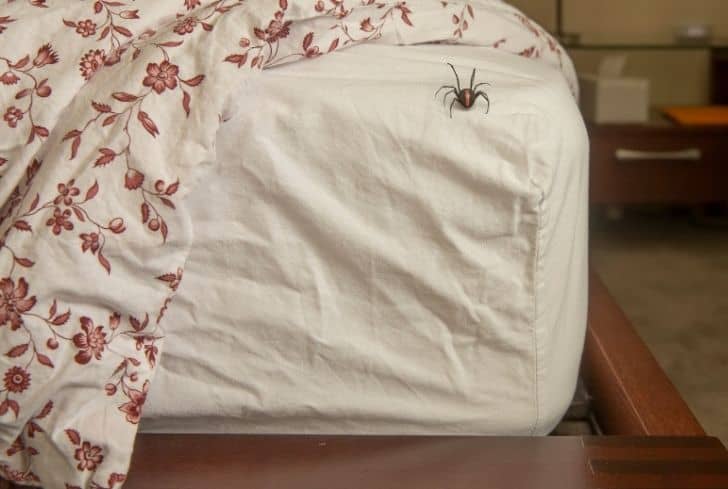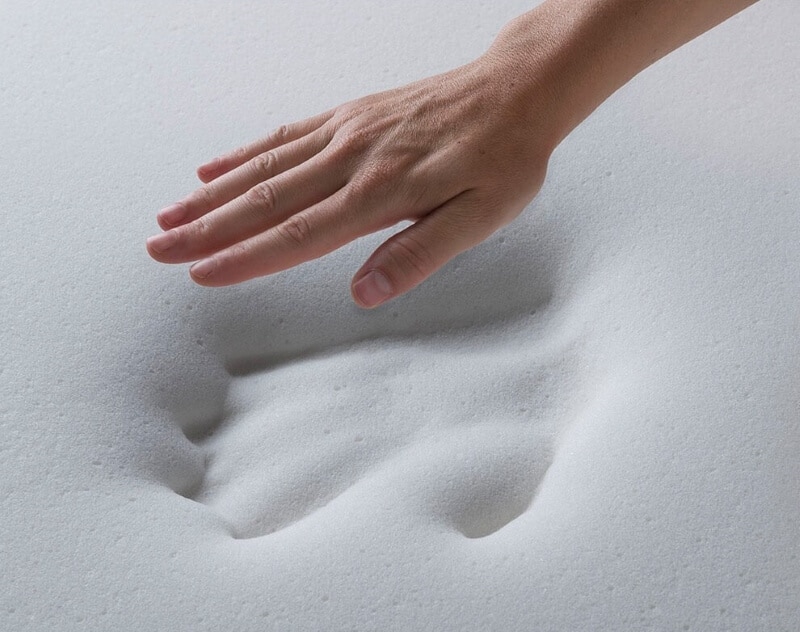

If you’ve ever wondered how to sleep sitting up, you’ve likely also come across a plethora of other thoughts: whether or not it’s the healthiest position in which to sleep, how you can go about it safely if you do choose to sleep sitting up, what the possible risks are, and more. In this short article, we’ll take an at a glance look at the above information, as well as at some items that may help you to heighten the incline of your sleeping position in the healthiest manner possible.
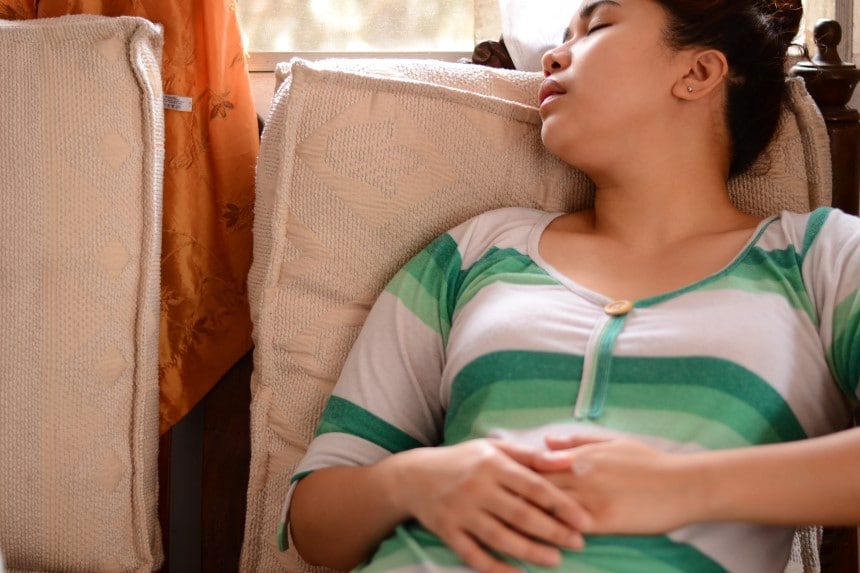
The primary risk that comes with being in a seated position for too long at a time is vein thrombosis—when a (sometimes potentially fatal) clot forms deeply within the body. Such a condition can occur, for example, when seated on a Transatlantic flight for too long—that’s why it’s important to get up and move regularly to keep your blood flowing.
Neck pain is another risk that can occur when sleeping upright—or attempting to do so incorrectly. Be attentive of your position and possible lolling positions your neck is often poised to take during a sleep cycle. Using a neck pillow is often a good option to prevent issues.
Many have chosen to be in an upright, seated position while in a state of unconsciousness (or altered consciousness: think of Buddhist monks at meditation for hours!) If you’re someone who has decided to go about this as well, either for medical reasons (physical therapy, for example) or simply for the comfort and convenience, here are the best steps you can take to do so comfortably and optimally.
Granted, this is not a practice that should be undertaken for long periods of time—it should be temporary and done incrementally.
Make sure you’re sleeping in a place that is familiar, sufficiently cooled to your comfort and liking, and that it is dark enough. Make sure that your sleeping environment is not only free of distractions like electronics and heavy lights, but also that sleeping upright in general is not and will not be a distraction in and of itself to promoting restful sleep.
It is often recommended that your posture should remain at an average of at least a forty-degree incline, as opposed to a closer to upright, twenty-degree angle. The University of Rochester’s Medical Center says that when you sleep, the muscles and ligaments in your back and spine take the time you take to rest to heal and rejuvenate themselves.
Can you sleep standing? You likely can’t, and it’s not an ideal position, either. If you’re in an upright position (and you’ve done everything to ensure safety, comfort, and longevity of undisturbed, healthy sleep), you shouldn’t be wobbly.
Not only should you not be wobbly, but you shouldn’t assume any sleeping position that will have you prone to leaning. Further, move your body as a unit—regardless of whether you are sleeping upright or not.
Choosing high quality sleep accessories (and I mean beyond just the pajamas, pillows, and blankets you select) are the key to creating and nurturing a good sleep environment at home and anywhere sleep is needed. As aforementioned, make sure your environment is dark enough and quiet enough.
These hi-fi earplugs from Eargasm Earplugs are perfect not only for concerts, but if they can survive a concert, they can surely survive night after night to help you get the best sleep possible. This cotton sleep mask from FreshMe is a blackout mask, which essentially means that you won’t be able to see a thing as you sleep—that is, anything save for the vividly fantastic dreams that accompany a well-planned, good night’s sleep!
Other products do exist to enhance and optimize your sleeping habits Trusted Source There's no escaping jetlag. But on a plane you've got to have a plan | Brigid Delaney | The Guardian International travel plays havoc with your body and brain. And that’s quite apart from gimlet-eyed immigration staff who look as though they want to deport you. www.theguardian.com . The way you select the items with which you are actively doing your sleeping is just an important decision as the aesthetic appearance of the headphones and masks you choose to purchase—functionality is equally important. Talk About Sleep has, for your convenience, compiled several lists: this article about masks and the best ones for your sleep health, this article about the best earplugs for sleep, and finally, their list of the ten best reading pillows to enhance your upright position and sleeping posture.
Choosing to prioritize your health through the way that you sleep is a great, proactive choice for improving your health as a whole. Improving sleep posture improves your breathing, your attention, and in the long run, your quality of life. Remembering to be sure that your sleep habits are healthy is one of the optimal methods of consciousness—toward your semi-consciousness!
